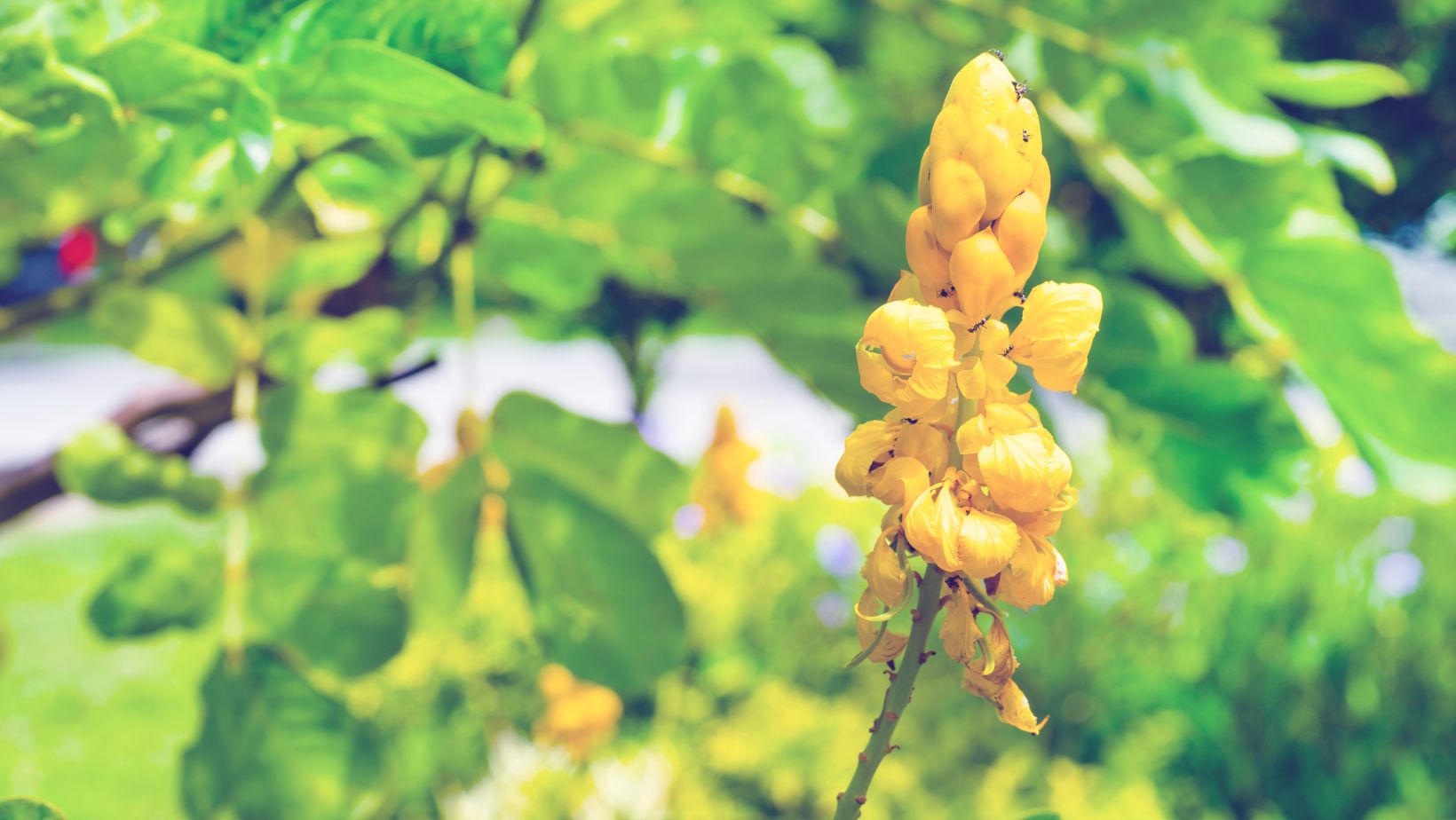Prairie Smoke (Geum triflorum) is a captivating native perennial that brings a touch of ethereal beauty to gardens and natural landscapes in Ohio. With its unique and delicate flowers, feathery seed heads, and attractive foliage, this plant adds charm and interest to any setting. In this comprehensive guide, you will discover valuable information about the history, characteristics, growing requirements, care tips, and interesting facts about Prairie Smoke.
History and Characteristics
- Native to North America and can be found in various regions, including Ohio. It belongs to the Rosaceae family.
- Where does the name come from? It’s name comes from the unique appearance of its flowers and seed heads, which resemble puffs of smoke or tufts of feathers.
- It features low-growing basal foliage composed of deeply divided, fern-like leaves that form attractive mounds.
- The flowers emerge in late spring to early summer, showcasing delicate pink to reddish-brown petals. Each flower is followed by distinctive seed heads that have a feathery appearance, resembling plumes or smoke.
How To Identify Praire Smoke
Prairie Smoke is a low-growing perennial herbaceous plant commonly found in prairies, open woodlands, and grasslands. It is also known by other names, such as Old Man’s Whiskers and Three-Flowered Avens.
Leaves: The leaves of Prairie Smoke are basal, meaning they originate from the base of the plant. They have a fern-like appearance with multiple lobes and are deeply divided. The leaf color is typically medium green, and the leaves have a slightly hairy or pubescent texture.
Flowers: The flowers of Prairie Smoke are quite unique and give the plant its name. Each flower has five petals that are deep red to maroon in color and are shaped like a curved tube. The petals remain closed and point downward, resembling the smoke from a prairie fire. When the flowers begin to age, they open slightly, revealing long, feathery, white styles that elongate, creating a wispy appearance like smoke trailing behind the flower. This characteristic is where the name “Prairie Smoke” comes from.
Flowering Time: Prairie Smoke typically blooms in late spring to early summer, usually from May to June, depending on the location and climate.
Fruit: After the flowers are pollinated, they develop into distinctive fruits known as achenes. The achenes have long, feathery tails, which aid in dispersal by the wind, and they often persist on the plant even after the flowering season is over.
Habitat: Prairie Smoke is typically found in sunny, prairies, as well as open woodlands, grasslands, and rocky slopes. It thrives in well-draining soils and is well-adapted to prairie ecosystems.
Size: Prairie Smoke is a relatively small plant, with its leaves and flower stalks usually reaching around 6 to 12 inches in height.
Prairie Smoke Growing Requirements
- Light: Prairie Smoke thrives in full sun to partial shade. It can tolerate some shade but will flower more abundantly in sunnier locations.
- Soil: It prefers well-draining, sandy or loamy soil. The addition of organic matter, such as compost, can improve soil fertility and moisture retention.
- Watering: Once established, Prairie Smoke is moderately drought-tolerant. Water regularly during the first growing season to help the plant establish a strong root system. Afterward, occasional watering during dry spells should suffice.
- Temperature and Hardiness: It is hardy in USDA zones 3 to 8, making it well-suited for the Ohio climate.
- Planting: Spring or early fall is the best time to plant Prairie Smoke. Dig a hole slightly larger than the root ball and place the plant at the same depth it was in the container. Space multiple plants about 12 to 18 inches apart.
- Mulching: Apply a layer of organic mulch around the base of the plant to help conserve moisture, regulate soil temperature, and suppress weed growth.
Care and Maintenance
Prairie Smoke is a low-maintenance plant once established. It requires minimal care but benefits from a few considerations:
- Watering: While drought-tolerant, regular watering is necessary during dry spells, especially in the first year. Aim to keep the soil slightly moist but avoid overwatering.
- Deadheading: Remove faded flowers after they finish blooming to prevent self-seeding and promote a tidy appearance.
- Dividing: Every few years, divide mature clumps of Prairie Smoke in early spring or fall to rejuvenate the plant and maintain its vigor.
- Pruning: In late fall or early spring, cut back the foliage to the ground to encourage fresh growth in the following season.
- Pests and Diseases: Prairie Smoke is generally resistant to pests and diseases. Monitor for any issues and treat them accordingly using organic methods if necessary.
Interesting Facts
- Prairie Smoke is an excellent plant for pollinators.
- The feathery seed heads of Prairie Smoke can remain attractive throughout the winter months.
- Native American tribes have used Prairie Smoke for treating digestive ailments and as a topical remedy for skin conditions.
If you spot this flower in the wild take a video and tag us on Instagram or TikTok.



